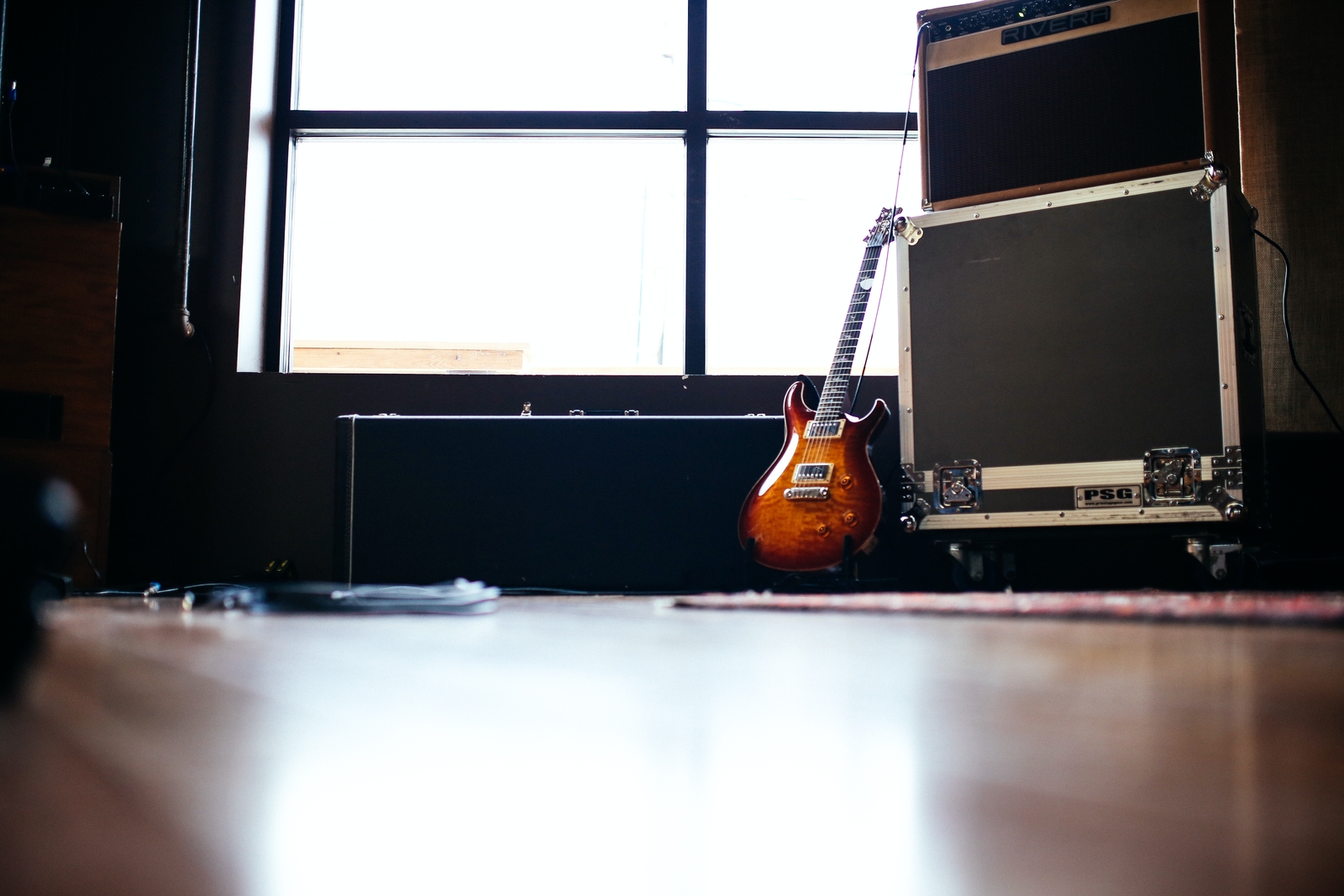Amps, Preamps, and Pedalboards – Horses for Courses – Part 1
Do I Need an Amp?
Maybe. What you really need is tone. An amp is certainly one way to achieve tone, but it’s not your only option.
Guitarists are funny. We love the pursuit of great tone, but alas, it’s not as simple as just getting the right sound. We also want that right feel. Does that make us terrible people to be around? Probably. But you see, many of us have developed our playing around the experience of standing in front of a guitar amp, producing notes in response to the feel, sound, and responsiveness of the amp on ‘stage.’ At the end of the day, it’s really fun.
But with the fun comes logistics. In church land, we are playing in a context that requires careful consideration. Amps generate a lot of stage noise, and depending on the amp, that stage noise can be quite significant. If you are packing a Vox AC30, you know that you need to be at a certain volume before the sound of that amp really comes into its own. Trouble is, that volume is ridiculously loud for most circumstances. You may love that AC30 tone, but your band members will find it hard to compete (not really the vibe we are going for!), the sound team will hate you as they try and reign in the enormous sweet sweet tones, and the people in the congregation will awkwardly glare at you over morning tea because you blasted their skulls all morning.
So, if you are playing through an amp at church, what are some considerations you need to take into account?
The size and functionality of the space
Are you playing in a space that has a dedicated amp room off stage, where you can mic up an amp with no fear of noise bleed onto stage or the main auditorium? Lucky you! Find the sweet spot of your amp and go to town!
However, most churches aren’t operating within that context. If you are using an amp that needs to be located on stage/in the area where the band is playing, you will need to run your amp at a much lower volume, and positioned strategically.
The best rule of thumb is to think of your amp as a personal monitor. If you can, have your amp facing you and away from the congregation. Have your sound team mic up the amp so they can feed as much volume as required into the mix.
BUT WHAT ABOUT THE TUBE TONE, DAN? Suss out whether or not your amp has an option to run at a much lower wattage. If you are in the market for an amp, look out for this feature. One of my greatest amps was a Mesa Boogie 5:50 tube amp that enabled me to run it in either a 5-watt mode or a 50-watt mode. Using it in 5-watt mode allowed me to turn the volume knob up significantly and achieve the “sweet spot” without pumping out ear splitting decibels
Your budget
The great news is, you don’t even really need a tube amp these days to get outstanding tone. Tube amps are typically more expensive and need to be driven at higher volumes get the most out of them.
There is a whole suite of digital amps that sound really excellent and can get you enough tone to keep your discerning ears happy. In this category, the Boss Katana series and Blackstar ID Core Stereo series deserve special mention. They sound amazing, have enough onboard effects to give you great tonal options, and are priced so well for the value they bring to the table.
Your goal
At the end of the day, what are you ultimately trying to achieve? There is a time and a place to let your amp loose and to get stuck right in. Maaaaybe church is that place… But, I suspect, what you ultimately trying to achieve is a great sound that fits within the context of everything else that is happening in your band and in the congregation.
Chat with your band mates and your sound people to find out if they are on board with your set up and ask if there is anything you could be doing to help them out.
Experiment with different amp positions and settings in order to strike the right balance between contribution and execution
Have fun.
Worship through your playing.
Next up, we’ll have look at some really viable alternatives to a guitar amp within a church context.
Dan Le Cordier
Guitarist
